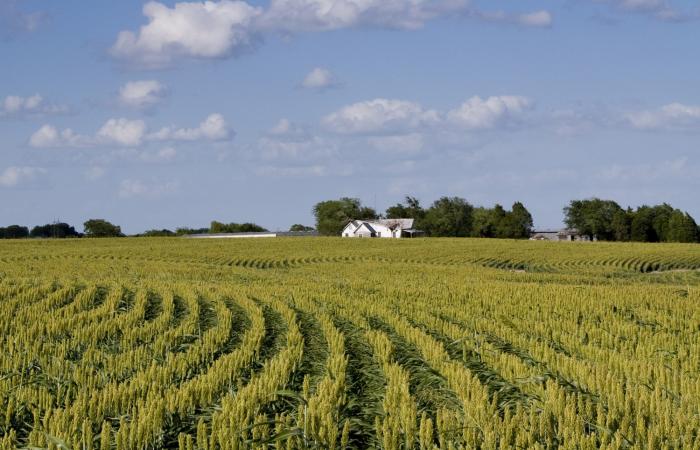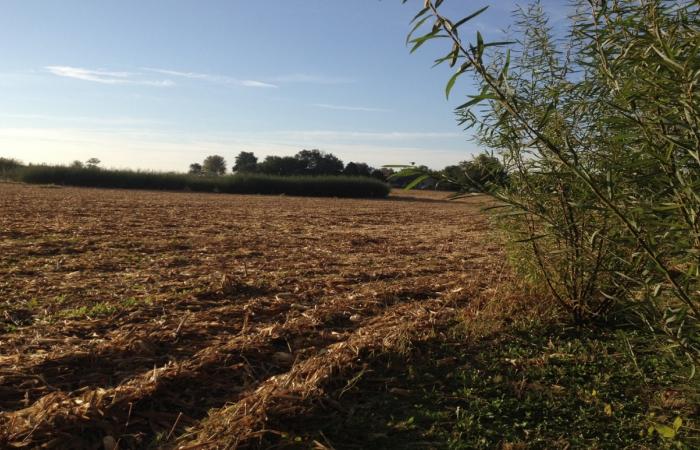A new report jointly released by the U.S. Department of Energy’s Bioenergy Technologies Office and Oak Ridge National Laboratory provides a pioneering scientific analysis of the potential environmental effects of producing biomass for bioenergy in the near- and long-term.
The 2016 Billion-Ton Report, Volume 2: Environmental Sustainability Effects of Select Scenarios from Volume 1 examines illustrative scenarios from the 2016 Billion-Ton Report, Volume 1, and evaluates environmental indicators such as water quality and quantity, biodiversity, soil organic carbon, and air emissions that may be associated with those scenarios.
The volume 1 report, released in July 2016, concluded that the United States has the potential to produce at least 1 billion dry tons of nonfood biomass resources annually by 2040. These estimates included projected demands for food, feed, forage, and fiber production. Major environmental considerations were incorporated, such as avoiding production on lands with high ecological value and limiting residue removal from agricultural and forest land. Investigation into the environmental implications of biomass production and land management changes was not included.
Addressing this critical knowledge gap was the motivation for the in-depth analyses in volume 2.
“We have focused on resource assessment in past Billion-Ton reports,” said ORNL principal investigator Matt Langholtz. “This landmark volume 2 report is an attempt to contribute unbiased, scientific analyses about the environmental effects of producing biomass to the ongoing discussion about bioenergy benefits, challenges, and opportunities.”
Though environmental effects varied by region and biomass source, the analyses suggest that it is possible to realize a substantial increase in biomass production under the scenarios outlined in volume 1 with minimal or negligible environmental effects. Under the scenarios, analyses show potential environmental benefits as well as possible challenges that warrant additional research and mitigation strategies.
Strategies to enhance environmental outcomes are included in the report along with recommendations for improving future analyses. In the case of water quality, for example, the research identified conservation practices that provide potential paths to increase biomass production without adverse environmental consequences.
Analyses focused on agricultural and forest resources and include an evaluation of the environmental effects of increasing algae production for use as a biomass feedstock.
The analysis was led by ORNL with contributions from more than 75 experts from organizations such as the Department of Energy’s Bioenergy Technologies Office, the U.S. Forest Service, Department of Agriculture, and National Council for Air and Stream improvement, as well as national laboratories (Argonne National Laboratory, National Renewable Energy Laboratory and Pacific Northwest National Laboratory), universities (North Carolina State University, Oregon State University, University of Georgia, University of North Georgia), and private companies (BCS, Incorporated and Allegheny Science and Technology).
Volume 2 is available on the Bioenergy Knowledge Discovery Framework website. The Bioenergy KDF is an online collaboration toolkit and public data resource on bioenergy research. Data from the report will be accessible soon along with additional analyses and visualization tools, providing an extensive resource for stakeholders, industry leaders, and policymakers to make more informed, strategic decisions affecting the growth of a national bioeconomy.
This research was supported by the DOE Energy Efficiency and Renewable Energy, Bioenergy Technologies Office.









